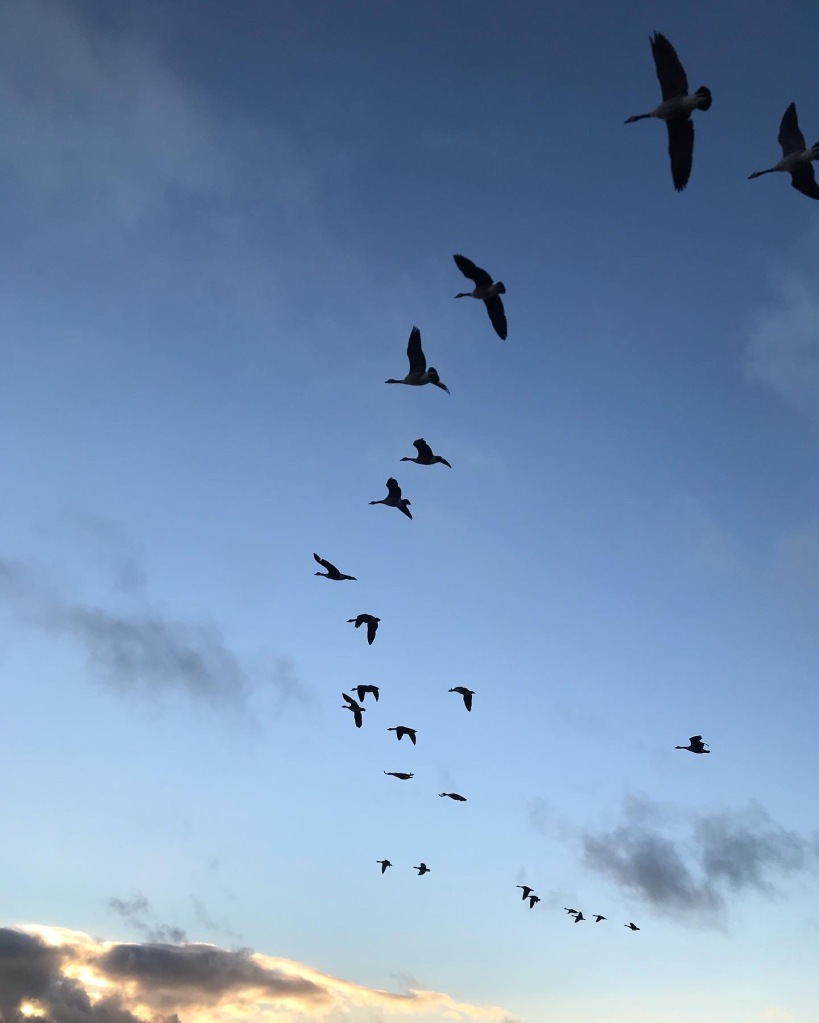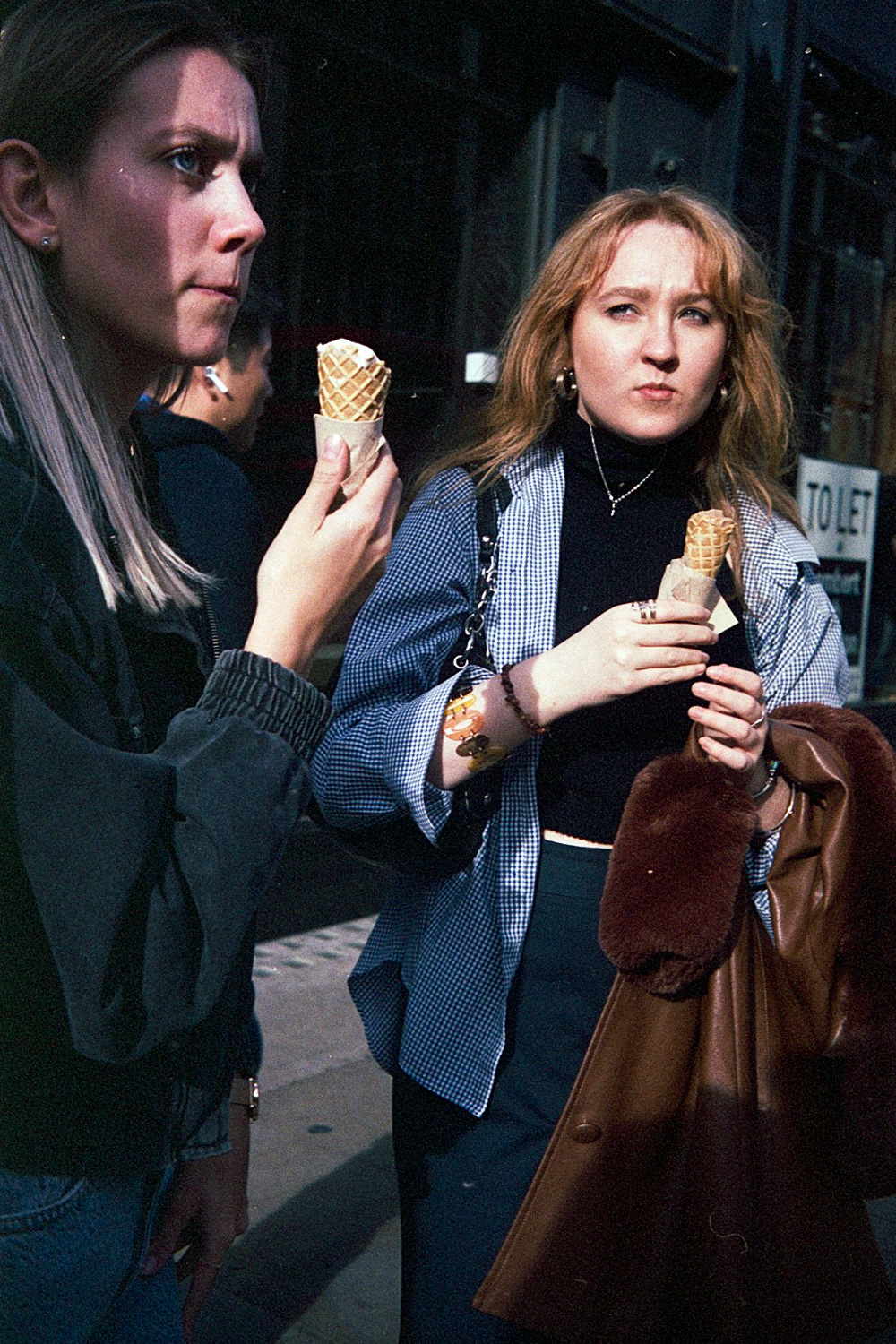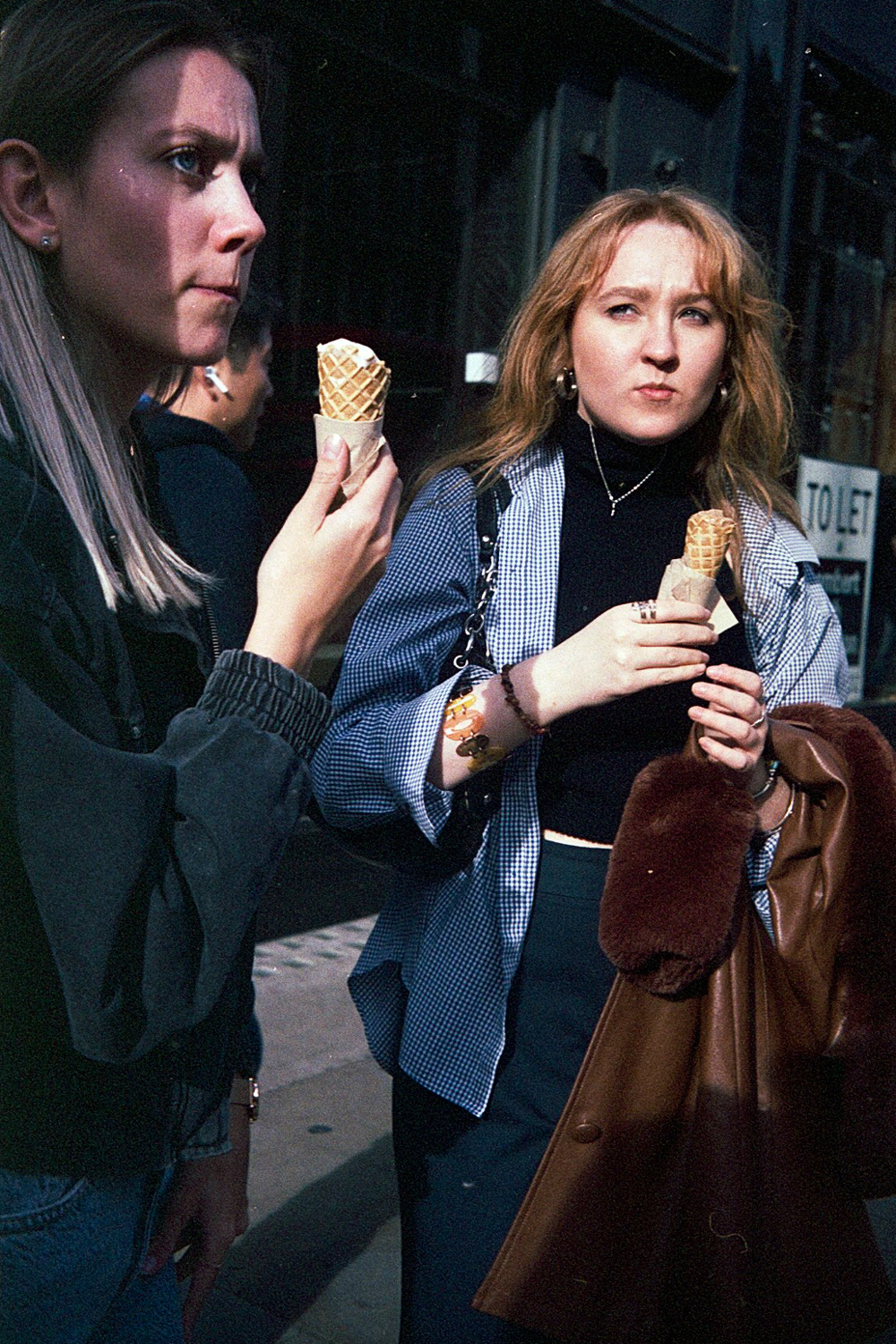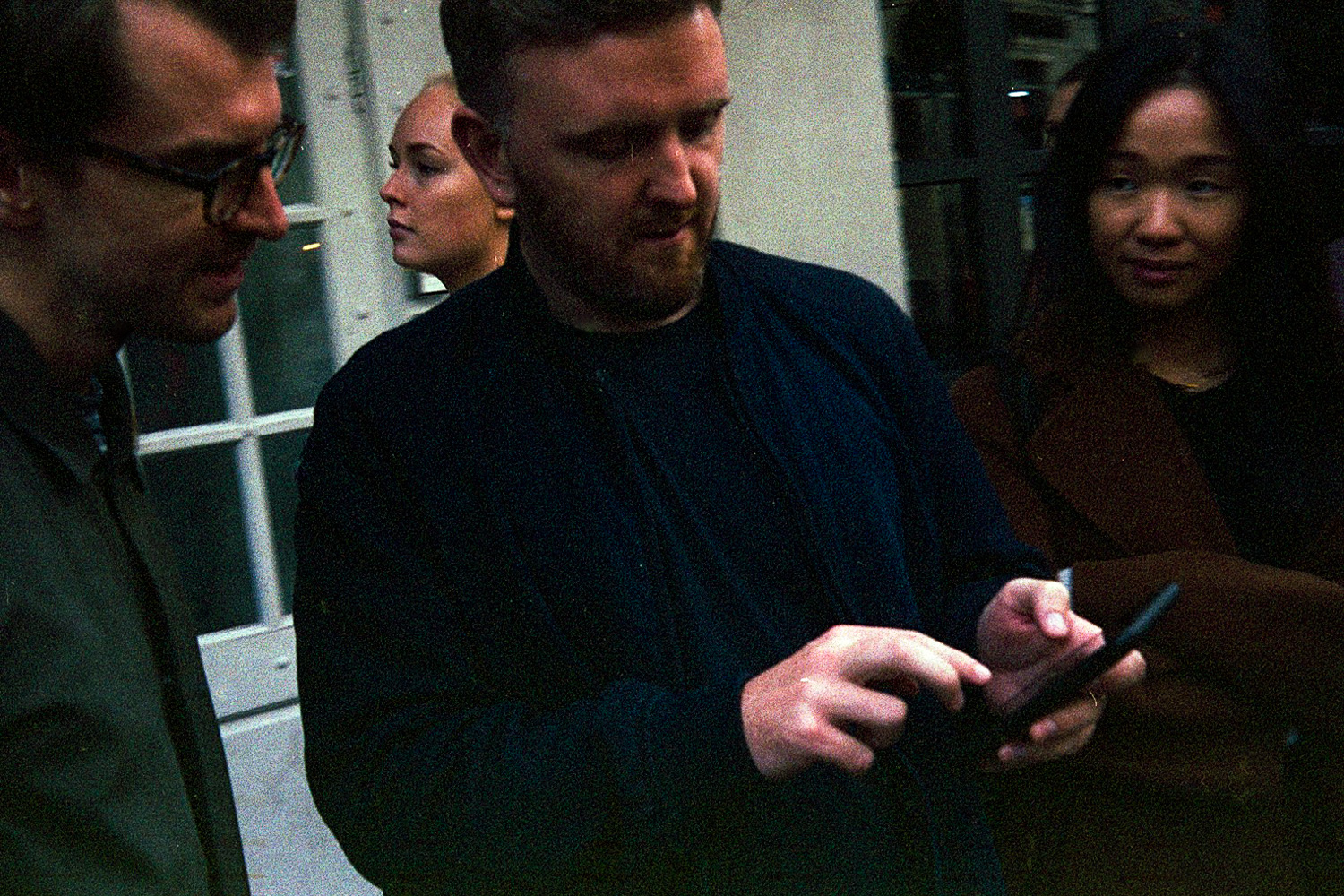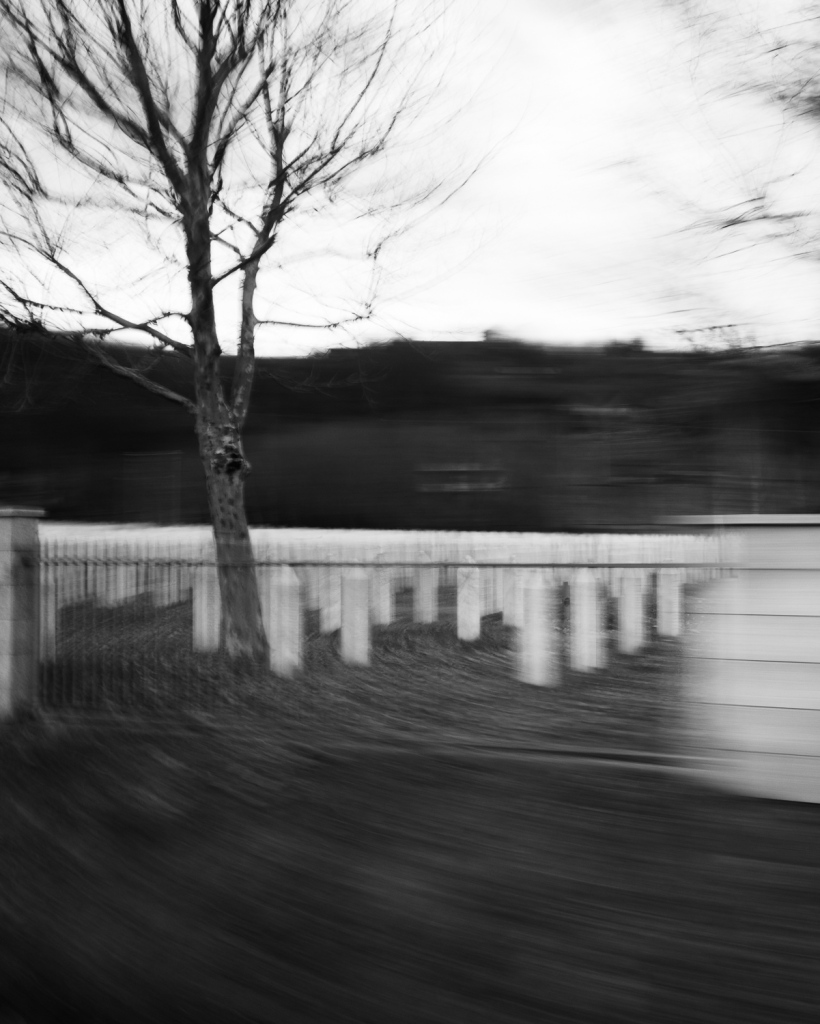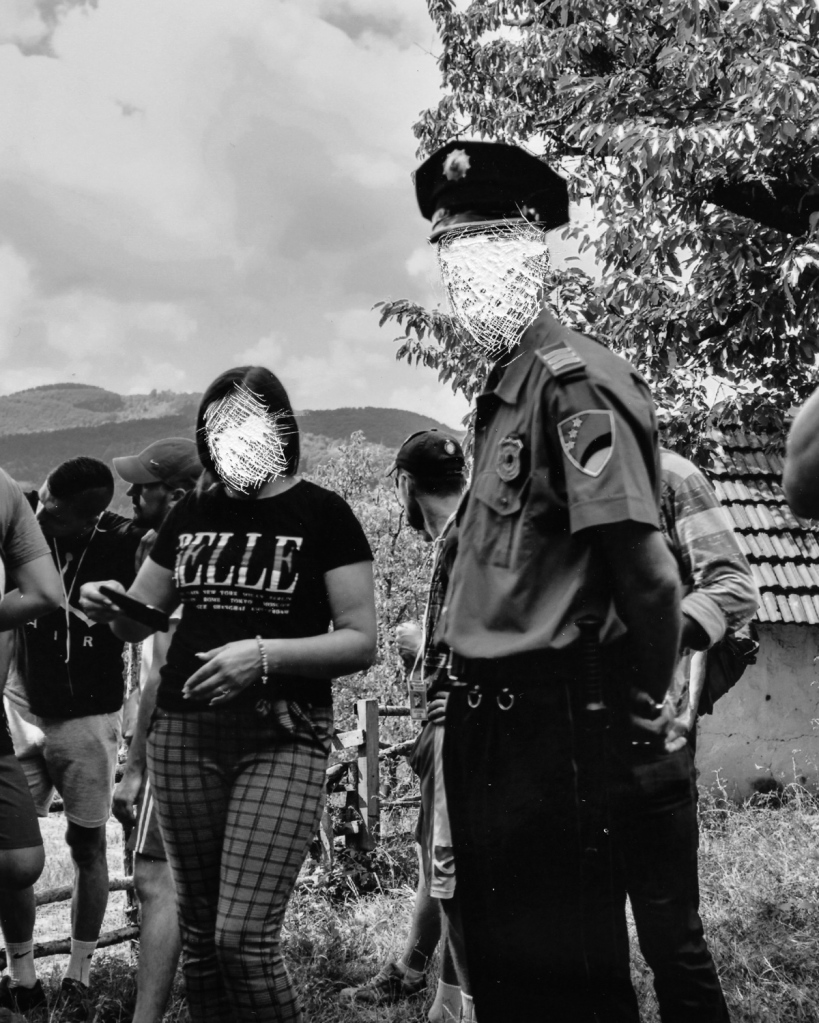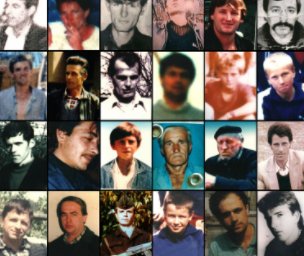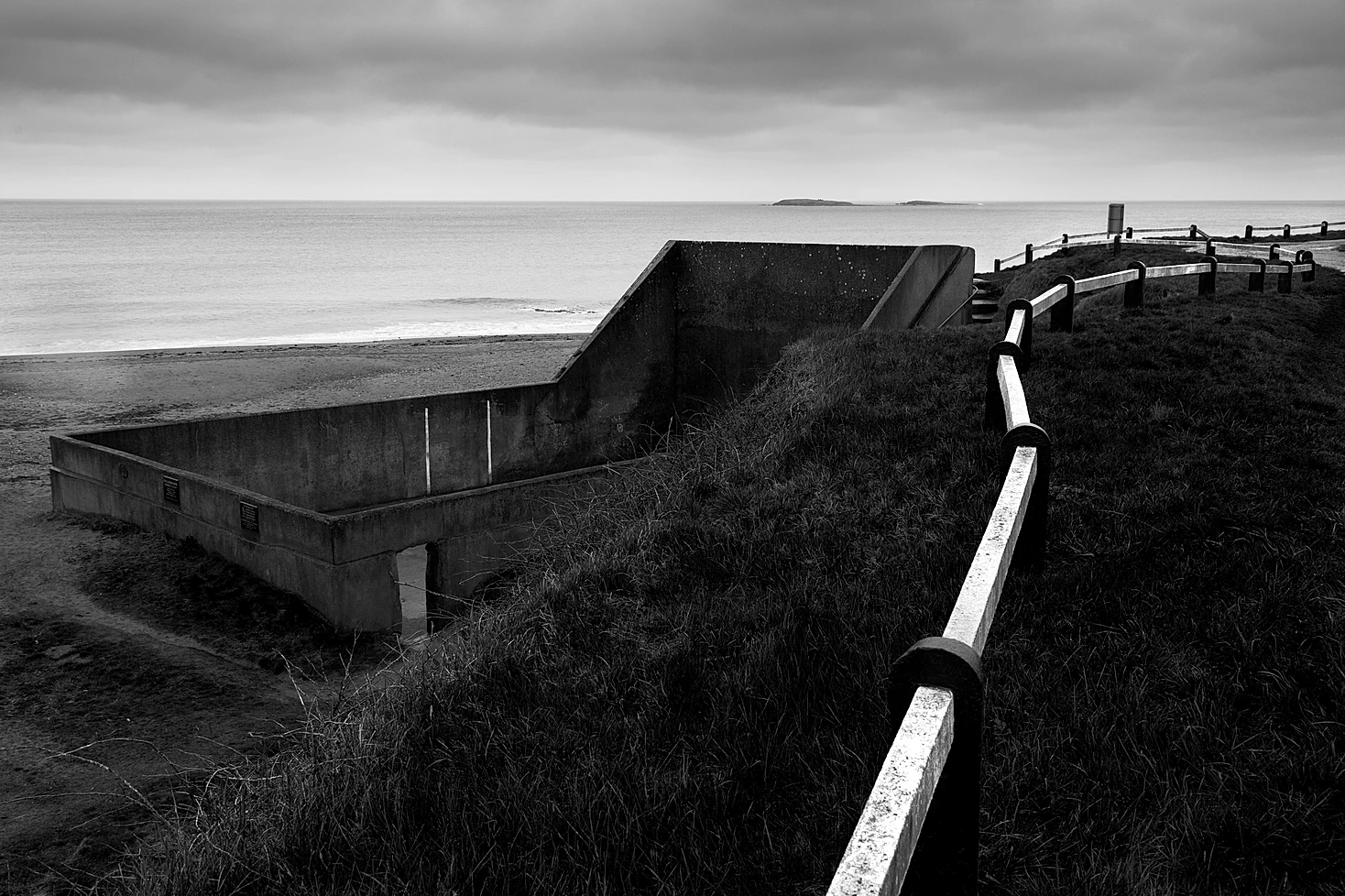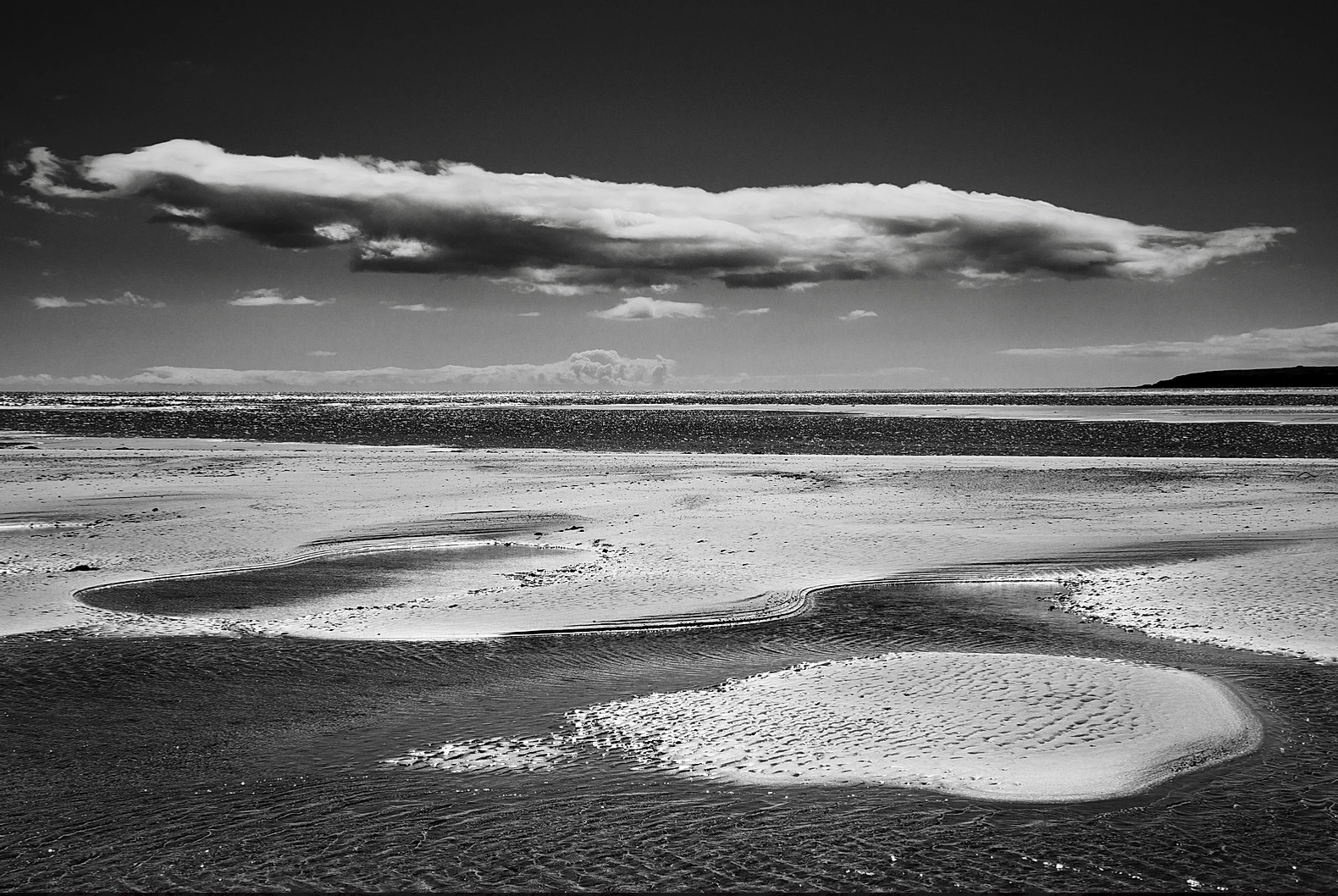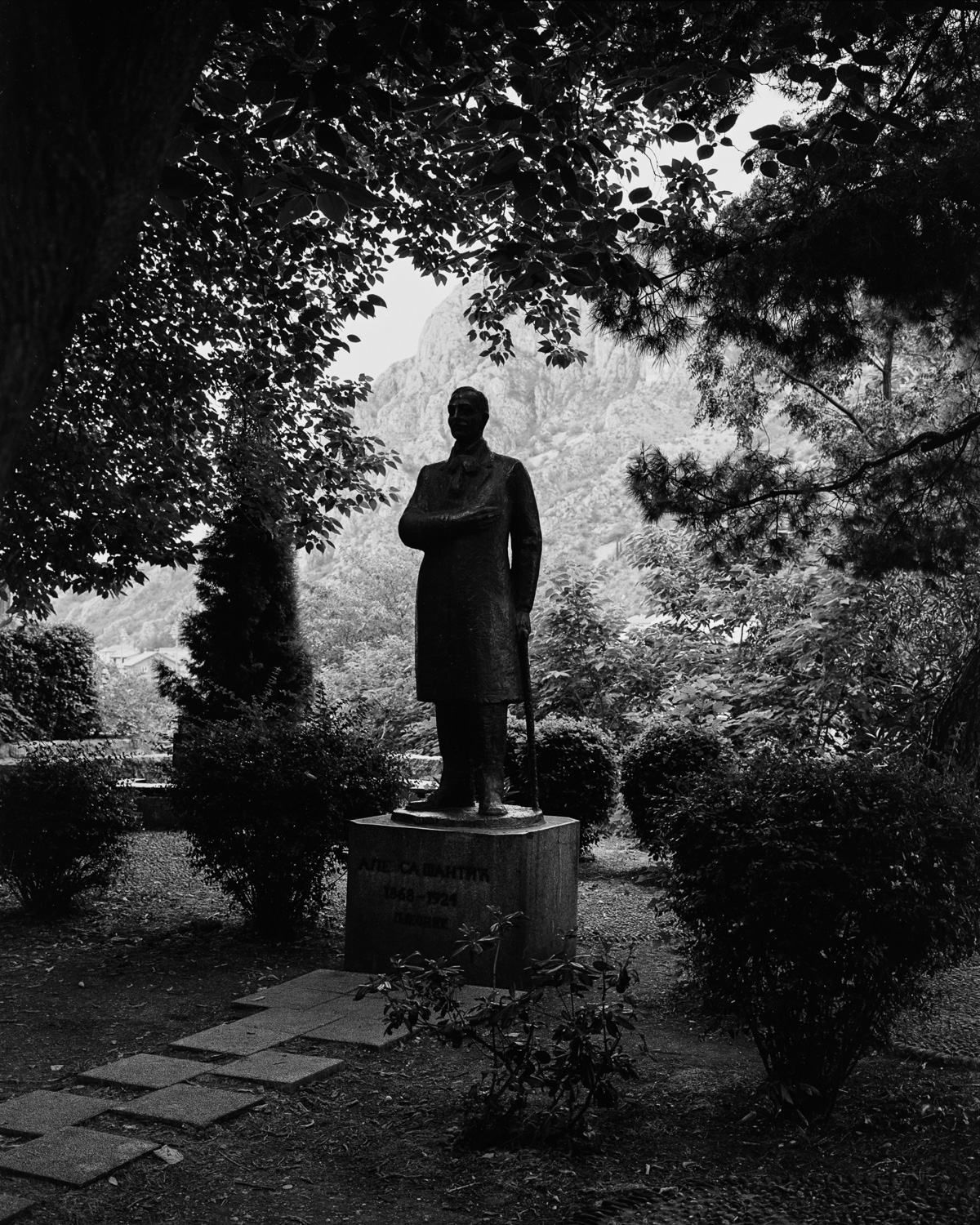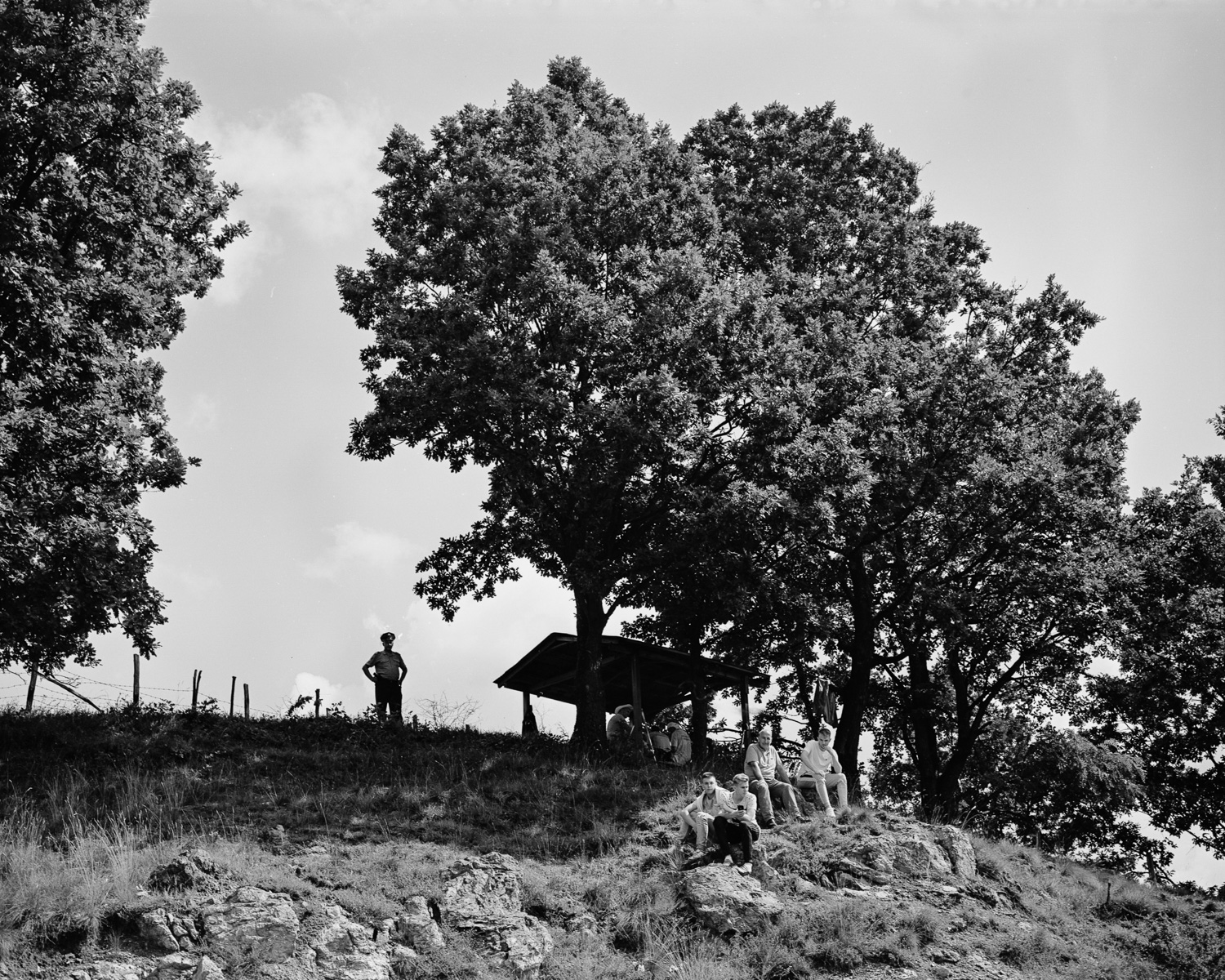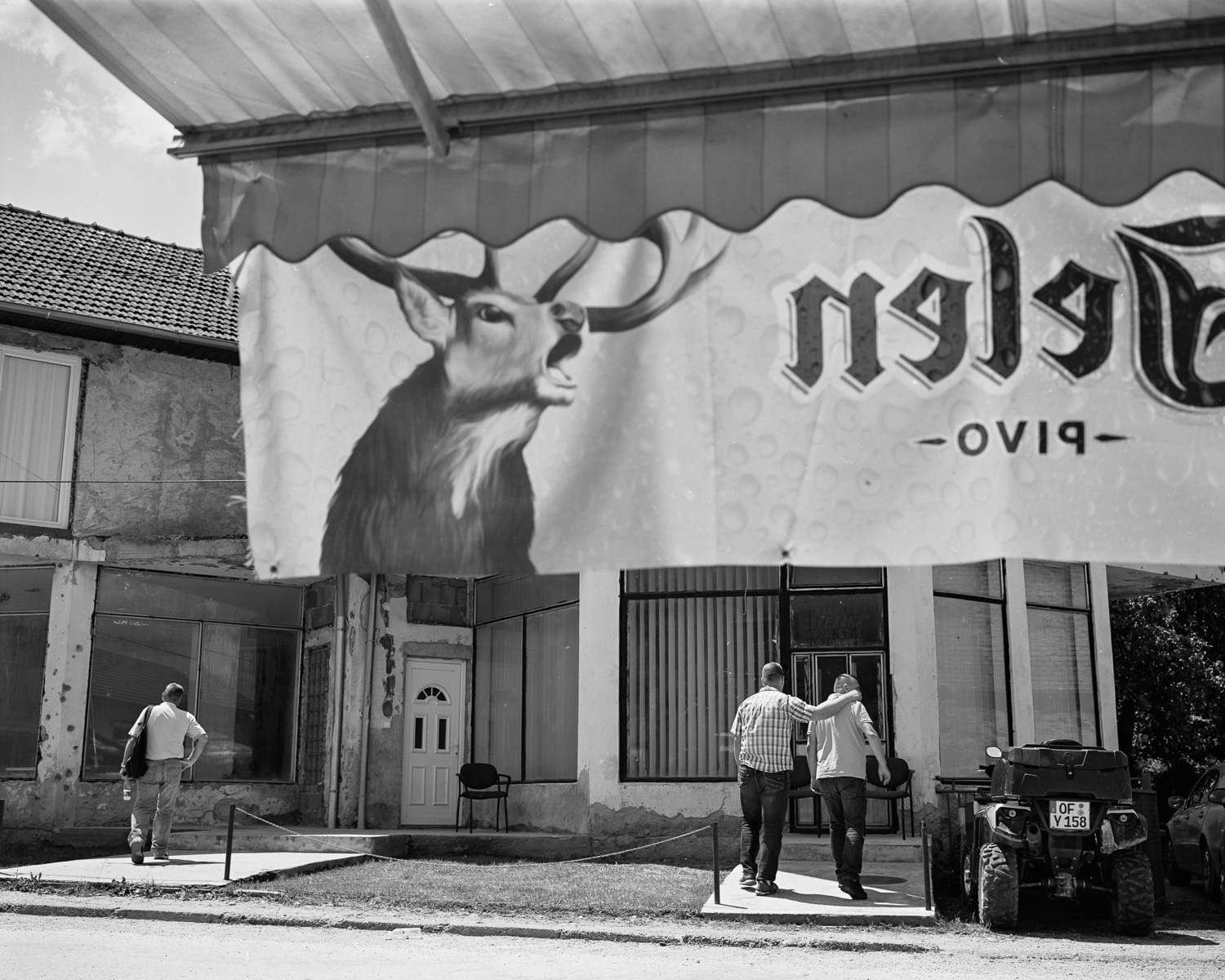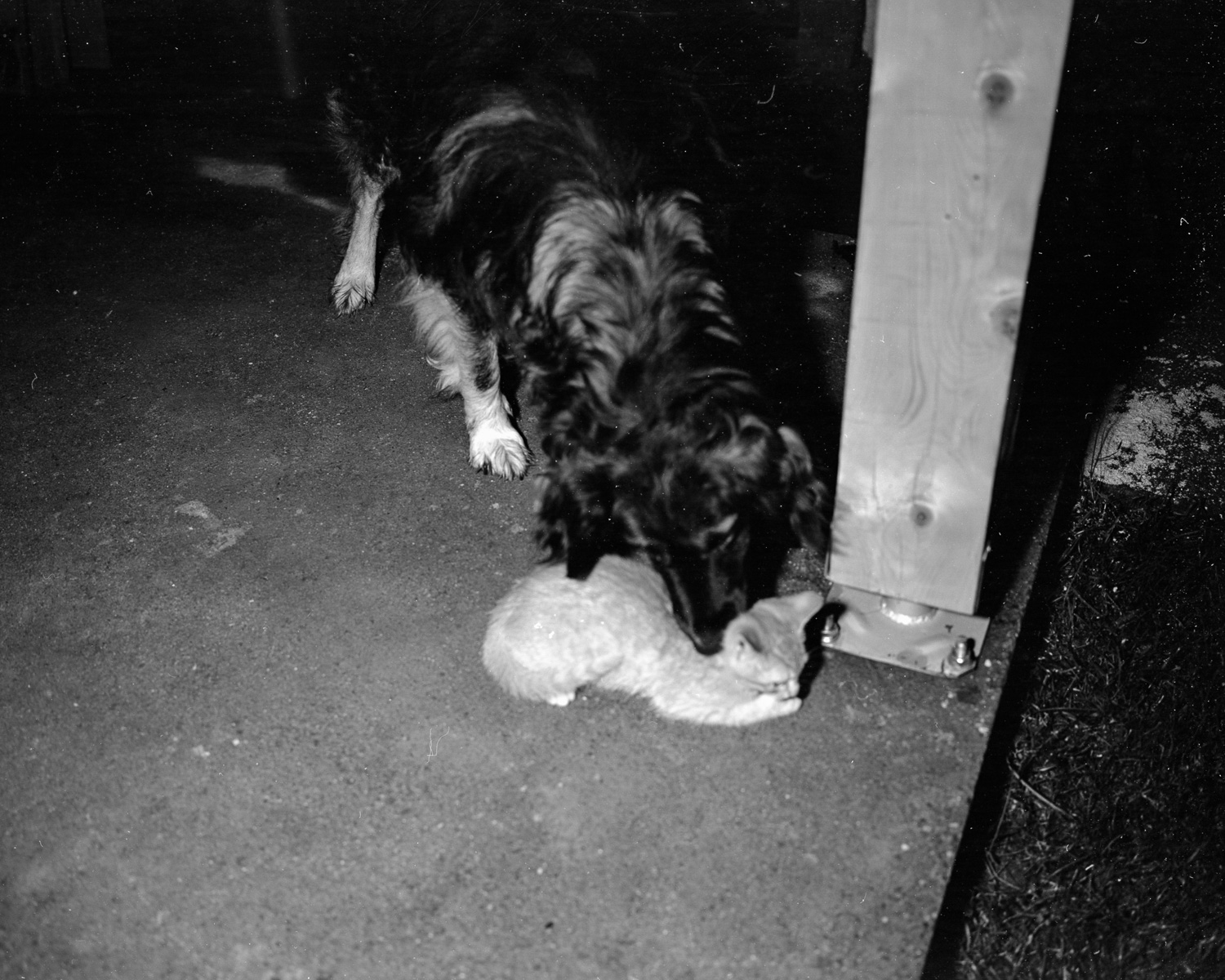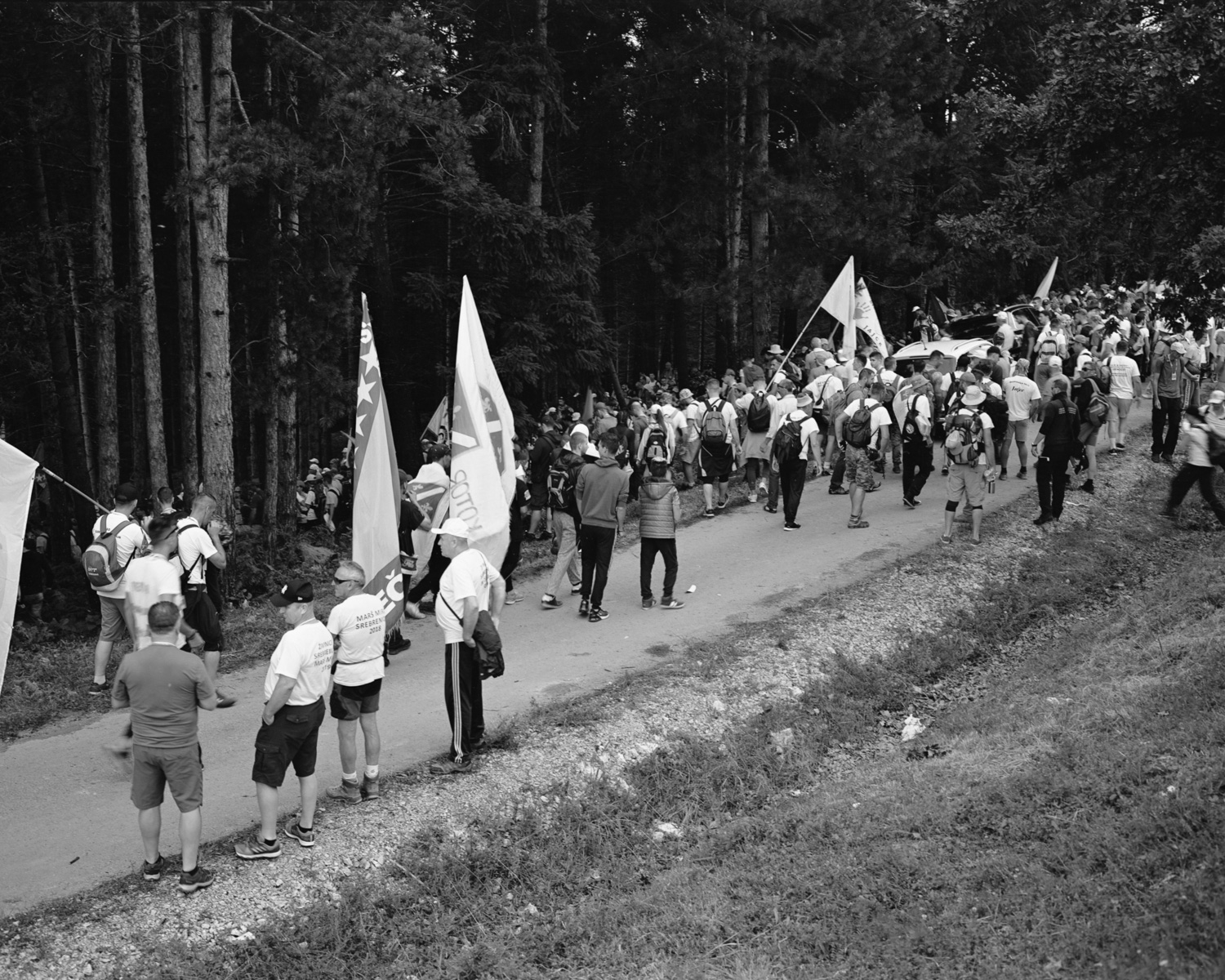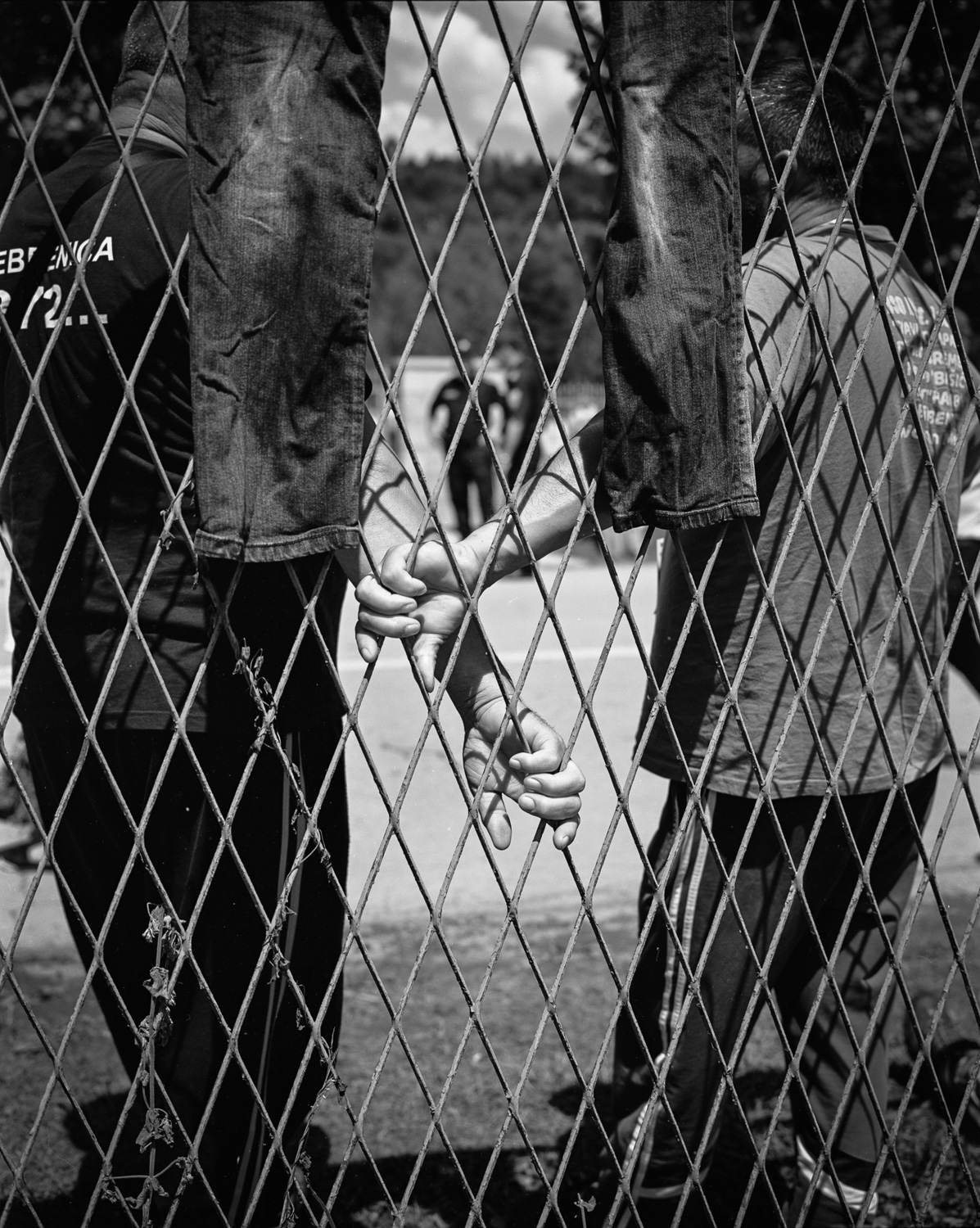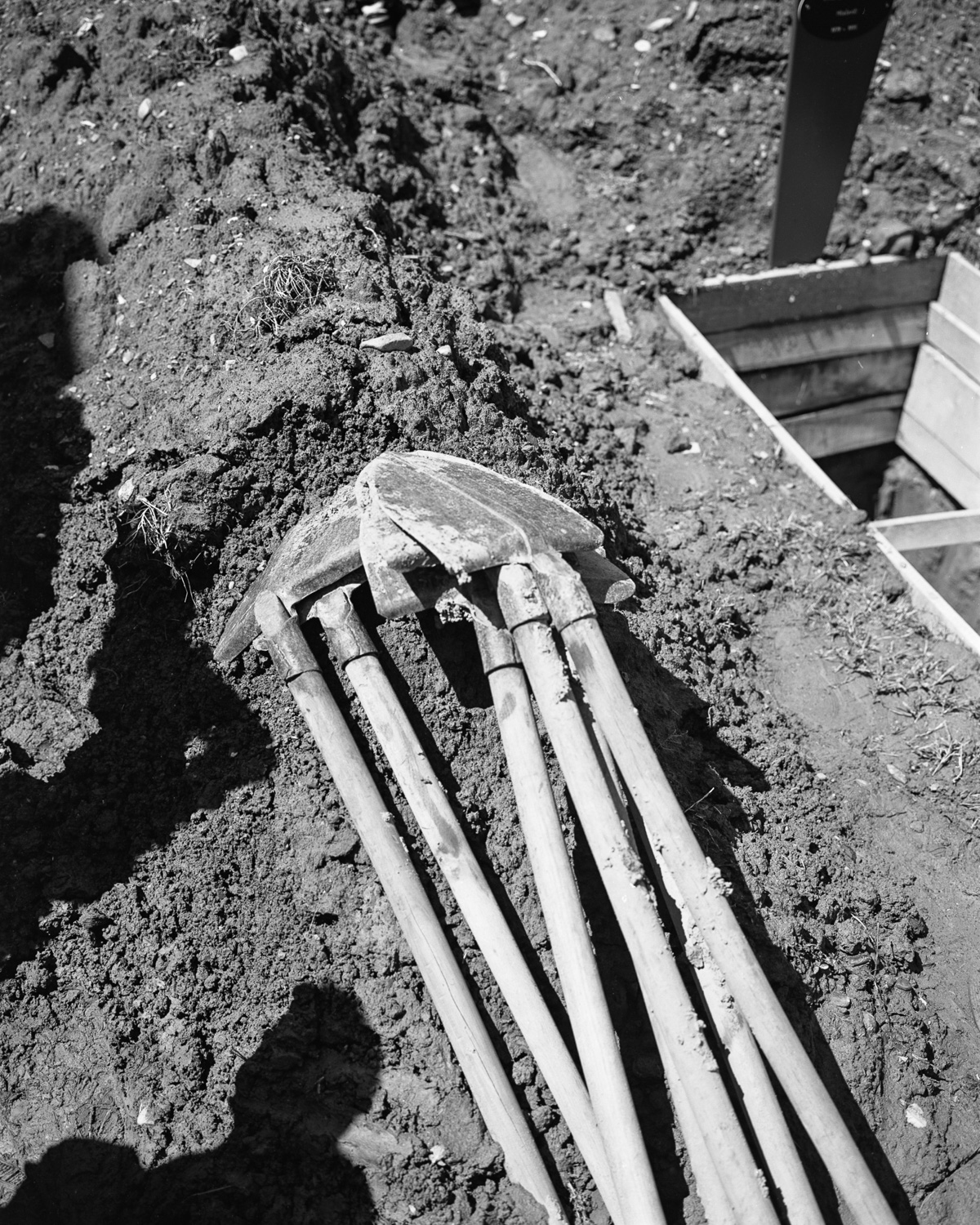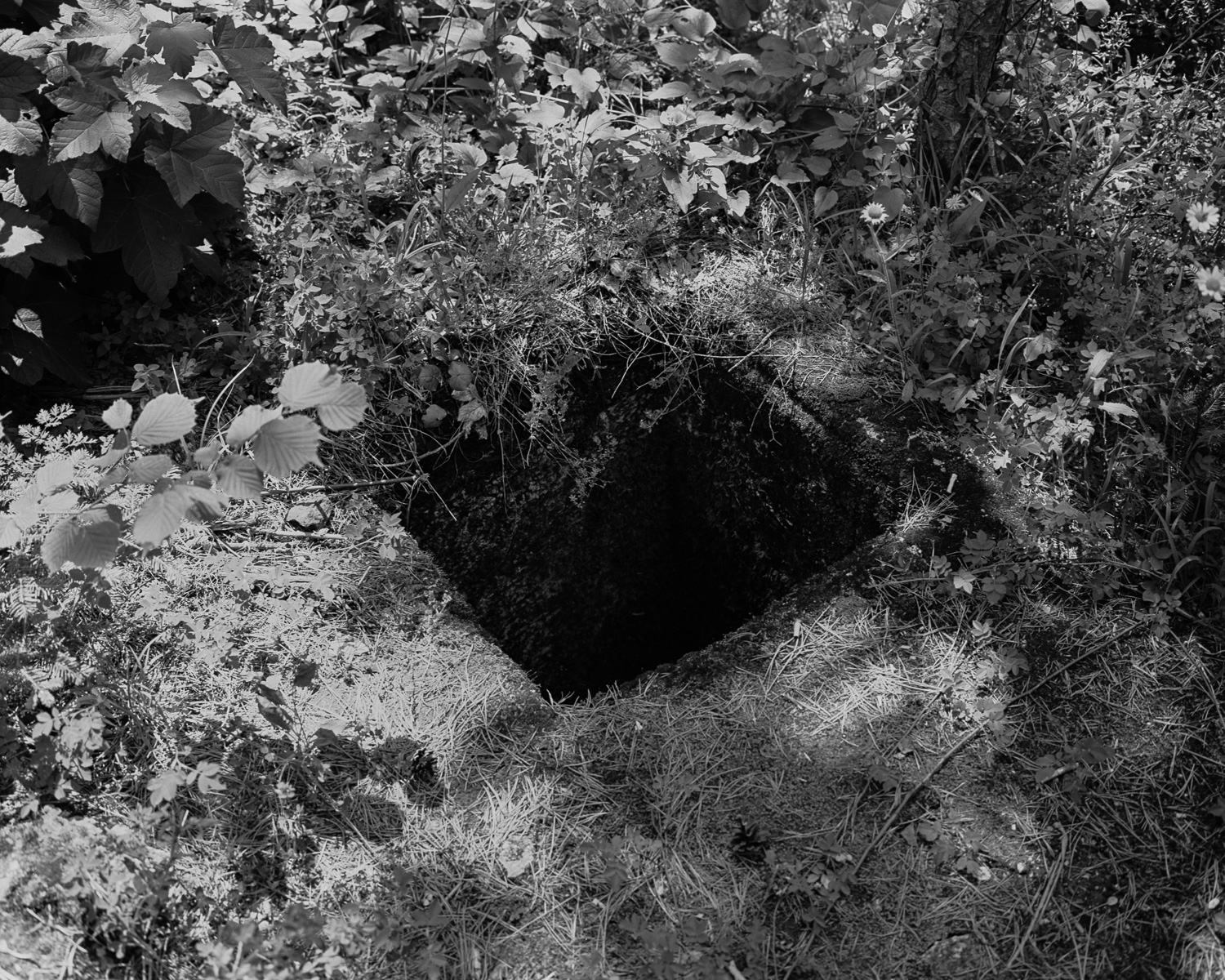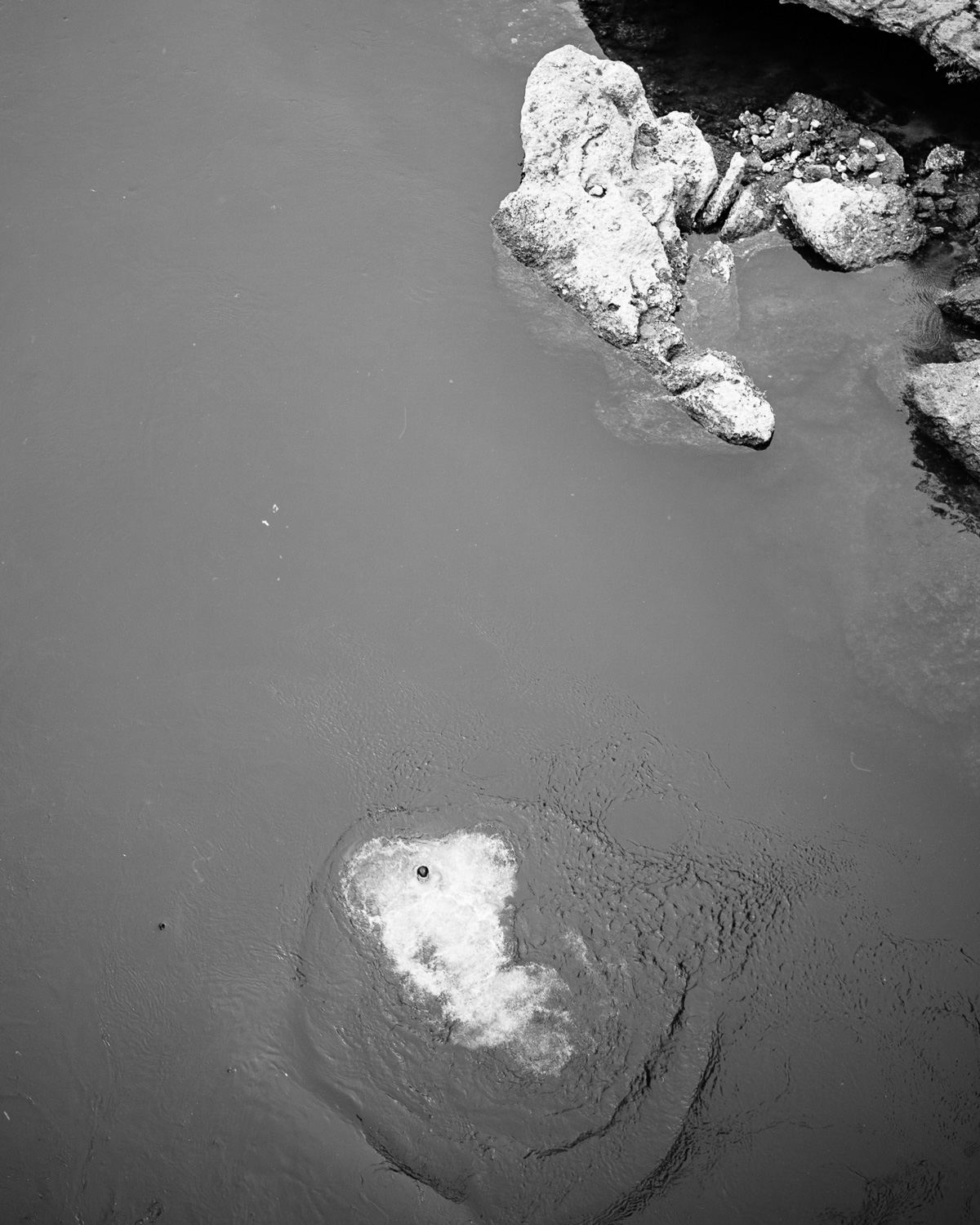7 minute read.
In this second segment of a three-part post I chat with another first-time bookmaker for his behind the scenes experiences of the process.
Kevin Percival‘s quietly insistent work documents the landscapes and communities on the remote Scottish Island of Tanera (Ar Dùthaich), charting the symbiotic relationships left by generations its of inhabitants.

DN: Once again, many thanks for loaning me the book. I’ve had a chance to look through the images and most of the text now. It’s a really beautiful project and object.
It seems like a much more fluid and complicated place when you read the end text than is the case on first viewing. I like the way the book withholds small asides and personal histories until the reader has put in the effort to uncover them…Perhaps that’s for later on in the discussion…
Can I start by asking you your initial motivation for the project and at what point you began to realise it would work best in book form?

KP: I think my motivation was EXACTLY that really: I wanted to make a project which looked at rural issues. Having grown up in the countryside and gradually moved to bigger and bigger towns and cities during my adult life, I gradually became aware of how under-considered and under-represented these rural communities have become in the UK (both politically and culturally). When we consider the rural, we’re so used to seeing these postcard pictures, with blue skies and stunning sunsets- the rural as the ‘sublime’ or ‘picturesque’- all these ideas which have gradually become commercialised and solidified on calendars. To the point where I think we forget that real people still live there, and have to try and carve out an existence for themselves too.
When I first moved there for work in 2012, I didn’t know what shape the work would take – that would develop through making the images. As we drove the final single-track road which snakes from Ullapool out to Achiltibuie where our employers’ boat was moored, we were told that there was a currently a bit of a fuss in the community as petrol at the local stations had recently crashed through the £1.50 a litre mark (at the time this was the same as the premium being paid at motorway service areas on the M25). Given that there was only two buses from Achiltibuie to Ullapool a day- people rely on their own transport (not to mention boats) for work- and this kind of price jump is the sort of difference which forces people to choose between putting fuel in the car or buying food in the most extreme cases. This was the first time I’d really considered this and it really stuck with me throughout the project- though never really makes it explicitly into the work.
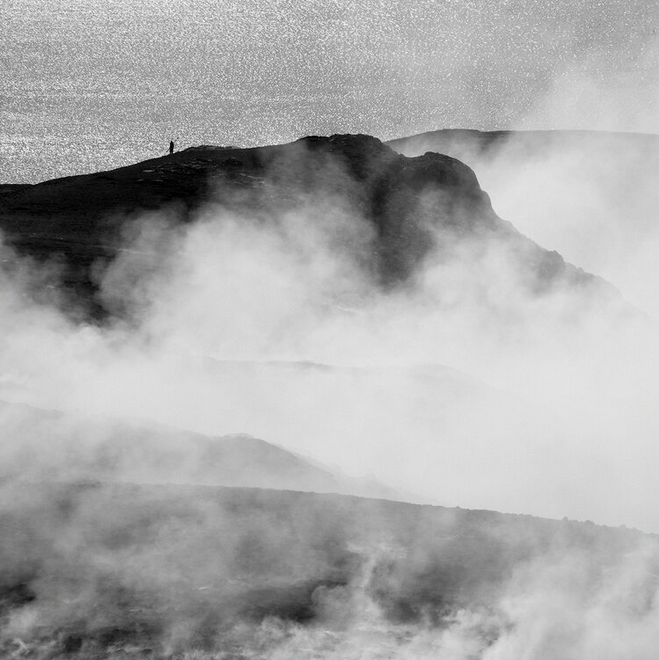
We’re bombarded by stories about inner-city poverty all the time, but rarely even consider what people in the countryside do. I was once told by an ecologist friend a story of her going into a city primary school. She asked the pupils she was teaching “Where does milk come from?” and was told “from a bottle”. When she asked where it comes from before that – kids tentatively said “milk comes from Tesco”. This is just one example of how urban and rural realities do not intersect. So all these ideas were floating around in my head as I made the work. I didn’t want to deny beauty of the area, because ultimately I’ve always been fascinated by the ecology and Romanticism of the countryside, but I wanted to balance that by saying ‘hey, people make their lives here too it’s more than just a chocolate box’. Putting the work into a book allowed me to blend these narratives together in a more complex way. The idea was to make a book that rewards repeated viewings, so each of the oral histories you read, gives you a very slightly different sense of the place and understanding of the photographs.
The images are made up of portraits, vistas and details the exception being a couple of interiors. In relation to the portraits, did you have a specific cross-section of the community you wanted to represent as a kind of ethnographic survey of the island? How did you go about selecting your subjects?
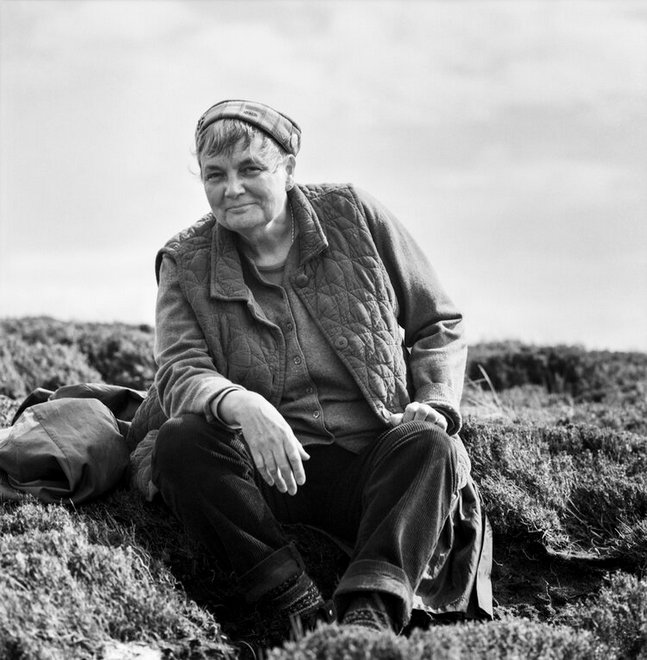
For the portraits, I tried to show anyone I met whose work or lives impacted on the island at the time we were working there. There were only 5 people living on the island including us, so I focussed on people who lived on the mainland but influenced the daily running of the island.
I often talk about my interest in the traces found in the landscape- the evidence of human interaction with it and presence upon it. I wanted to show the people leaving those traces now in the early 21st century.
My only regret here is not showing more of the holiday makers who often visited every single year for periods of 10 or 15 years. I tried to show a mix of people from different backgrounds and ages though.
When it came to doing oral histories, I felt it was particularly important to represent a variety of perspectives- from young people right through to those in their 60s/70s. From people who have moved to the local area relatively recently, to people who have lived there all their lives- be that 18 years or 60.

It seems to me that one of the most rewarding aspects of bookmaking is the editing – making new relationships with the image so connections are made visually where none existed before – but also the most fraught in the sense that this is a very definite process and once it’s done there’s no going back. You are, in a sense, creating a finalized world in which to immerse your viewer…
In terms of editing that was a really, really long process and I think it’s a really ‘how long is a piece of string’ question – it really varies from project to project and person to person. Almost from the beginning I was working on a rough edit. After our first summer on the island in 2012 I’d scanned and worked on a selection of images- probably about 50 or so that I was interested in, and this informed my shooting for the following year, which meant it became much more directed. I made another edit in 2013 and some of the gaps had been filled in, but others became obvious. So I continued to go back and shoot, editing between trips.
I made my first dummy book around this time, 2013/2014 when I started my MA. I wasn’t too happy with it so left off trying to get the book into a final form for 2 years or so to work on other projects. It wasn’t until early 2016 that went back and I really began to feel like I was getting somewhere. I find editing an uncomfortable process. With this project, it’s when I realised just how attached I’d become to the actual place – never mind the images. It’s very easy to establish relationships with certain images and over time those relationships can easily become entrenched- particularly when working on something for so long. I think you eventually get to a point where you have no idea what’s ‘good’ any more!

I feel very fortunate that I had a bunch of amazing photographer friends who I’d met in various places and I had a lot of help from them, firstly cutting the numbers down to a manageable level, and then bouncing ideas around for the final 66 images which made it into the book. It’s fascinating to see what other people find interesting in your images. I have no problem with handing someone I trust a handful of ordered prints I’ve agonised over for days, and saying ‘make an edit’, watching as they undo all your hard work! Call me a masochist but it’s all part of the process – it quickly brings your own objectivity back if you can let go a bit.
The people I edit with also ask the hard questions – if there’s an image they’re not sure on- you need to be able to justify why it’s there. They don’t have any of your emotional attachment to the particular situations you remember whilst you were photographing.
In the final 6 months before printing, the sequence was re-edited I don’t know how many times, and I had people from wildly different areas, fashion photographers, documentary photographers, commercial. I prefer to work with prints, little contact prints 6x6cm mostly, followed by about 12x12cm once the edit is down.

I felt so ready to get the project out by this point so the editing wasn’t fraught in that sense, but I was very conscious I wanted to do the land and the people justice. Like many things, it’s a deceptively simple story, which belies a hugely layered, complex ecology of place and I really wanted to get some of the complexity across. So that’s where the pressure comes- am I being honest? Am I exploring the many truths of the place and the people? Am I telling these stories fully and with sensitivity?
Due to funding through KickStarter my time-frame for production was super short- print/design was all done within about 3 months. Sean, my designer absolutely took me under his wing at this point, having done a few photobooks of his own (check out his work seandooley.com). He made some helpful final sequencing tweaks, worked up the designs quickly and gave it a much cleaner, more ‘modern-yet-classic’ look than I had in my dummies. I went round getting quotes from a bunch of printers but ended up going with one in Italy who Sean had used before.
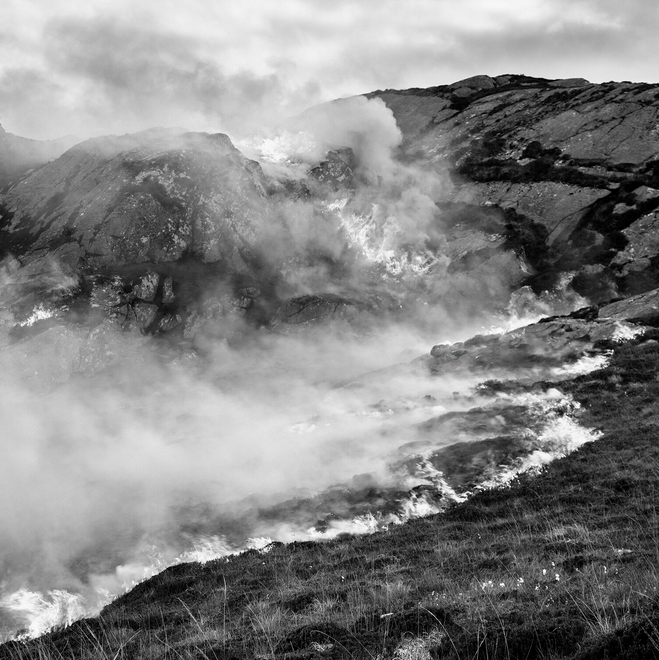
My biggest lesson learned here was to always go out [to the printers] and be on press for the printing. In the end I didn’t have the money to do this, but I think it would have smoothed out a bunch of communication issues. Proofing long-distance is a ball-ache. I was really pleased with the final print quality, but getting to that point via email was mainly due to the fact that the printer was so experienced.
Also, no matter how much time you build in to the schedule (seriously- even if it’s months..) I would NEVER again book a launch before the books have come off the press.. If doing a small one-off print-run your baby will get bumped down the print queue if a bigger job comes in. And that’s before deliveries get delayed at customs/for bad weather/because of aliens/strikes/badgers etc.
Ha! The image of militant badgers picketing outside post offices is a strong one. Thanks again for your time and I wish you every success with the book. Buy it here.
All images ©kevinPercival
